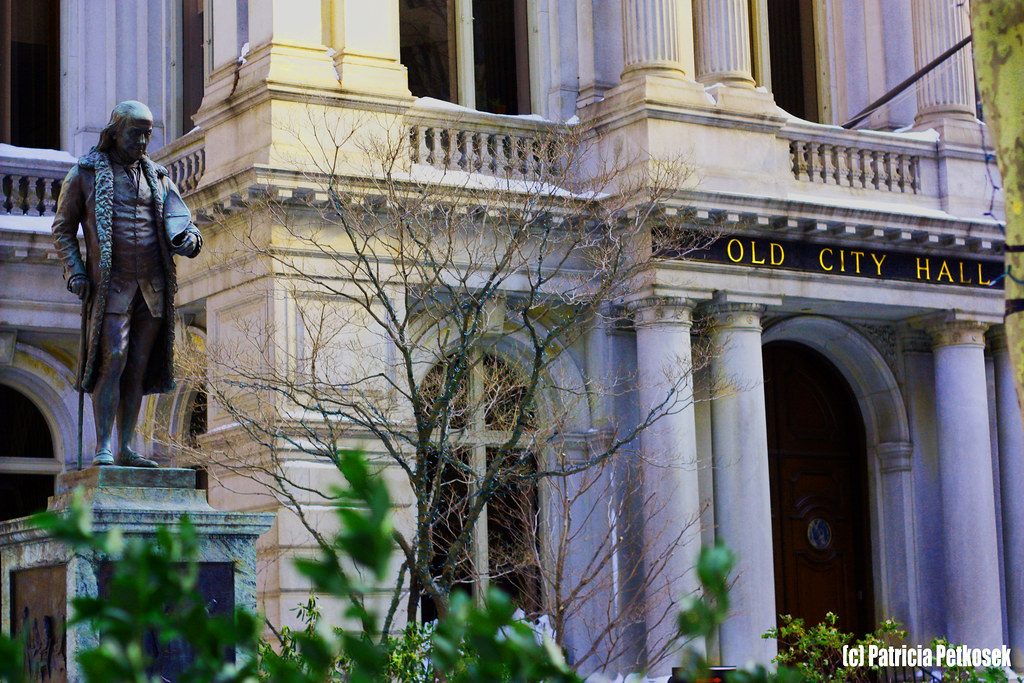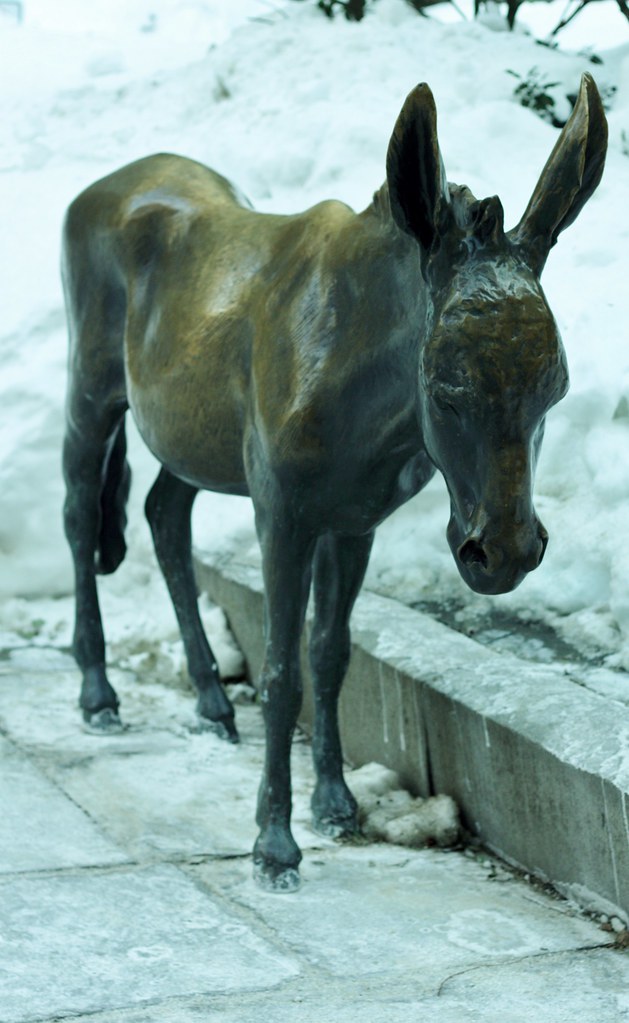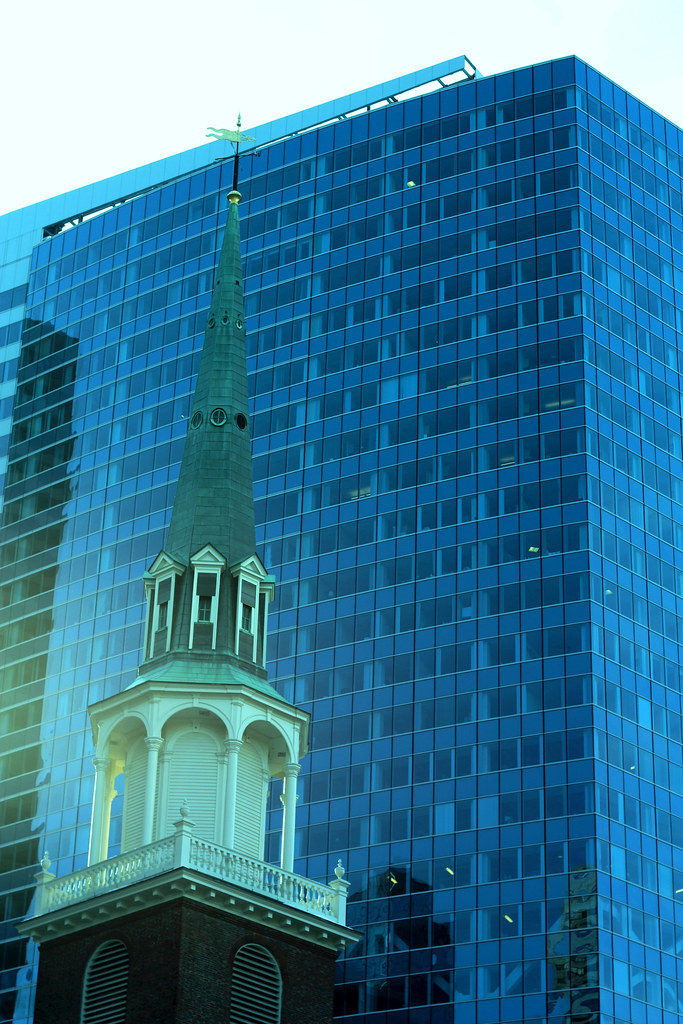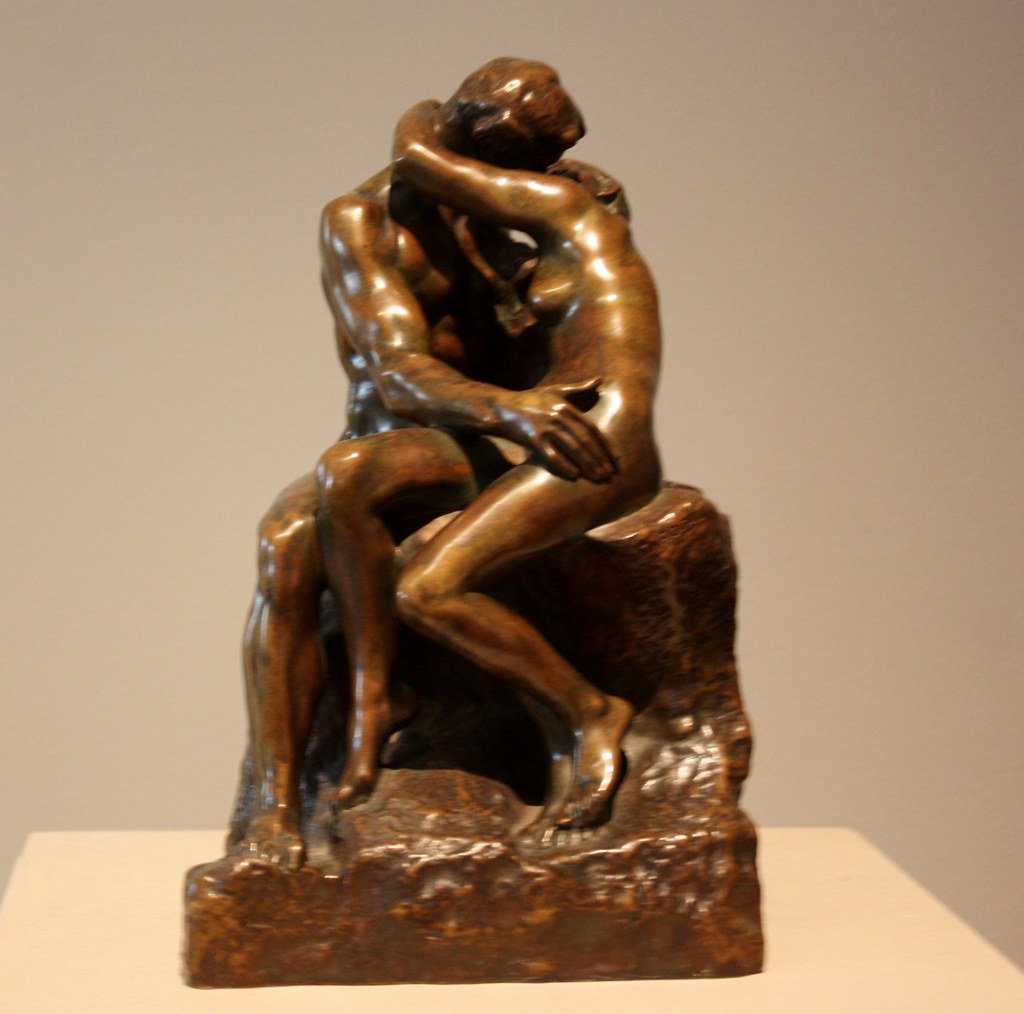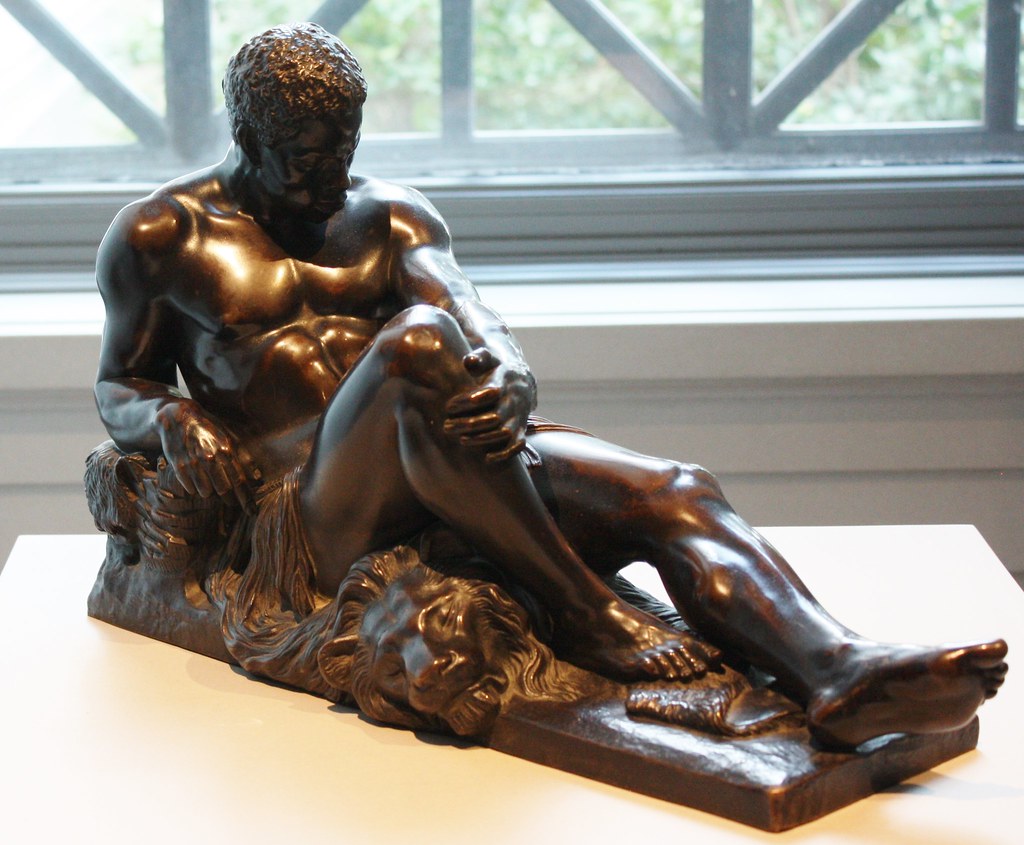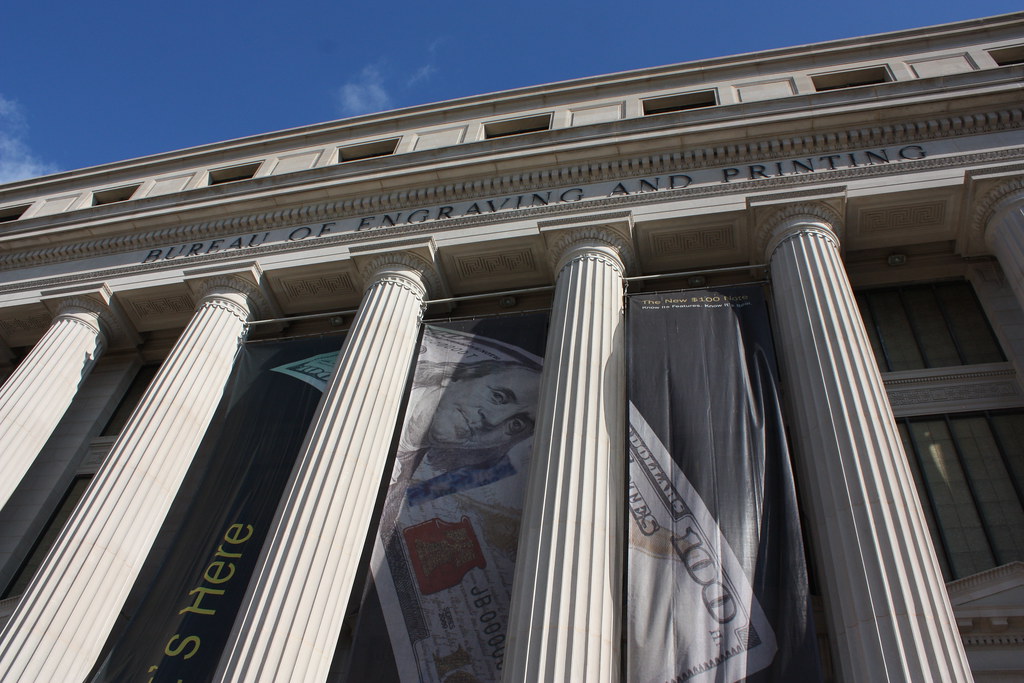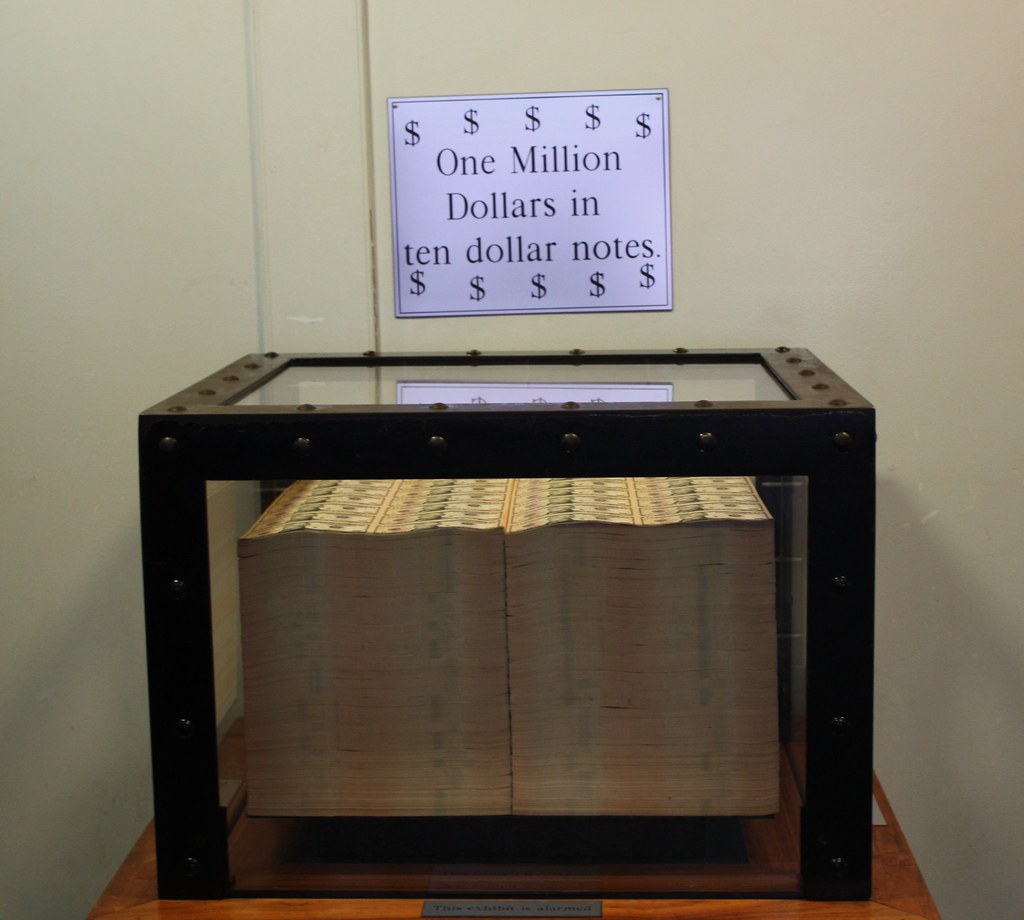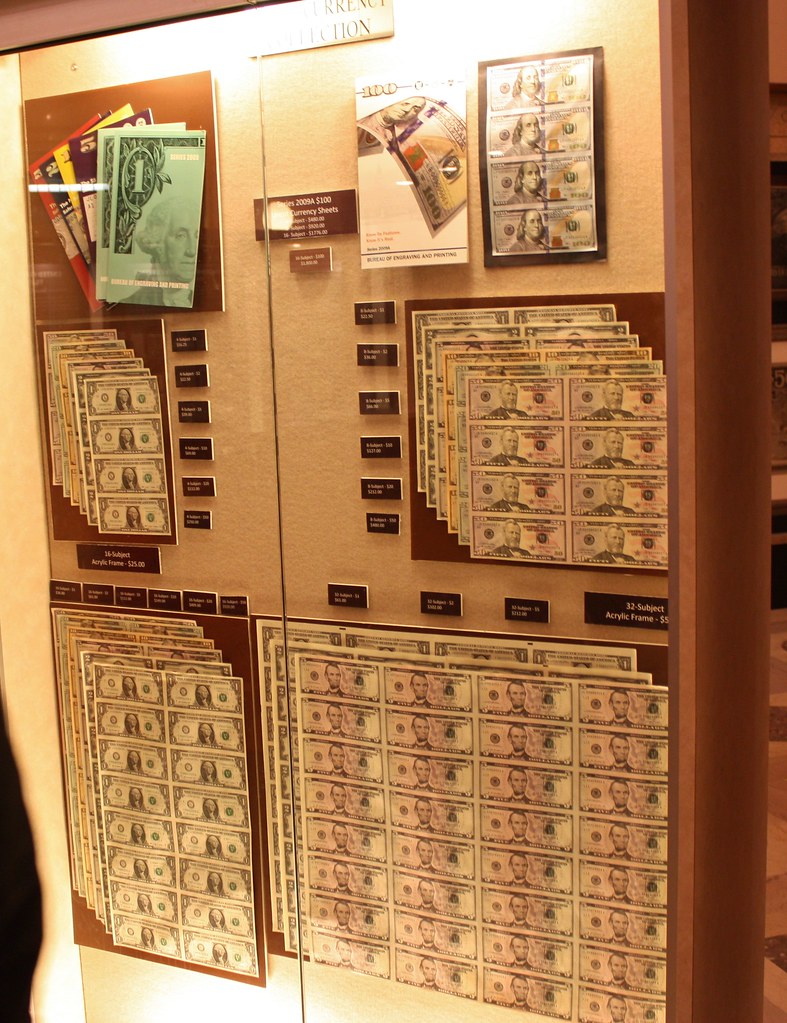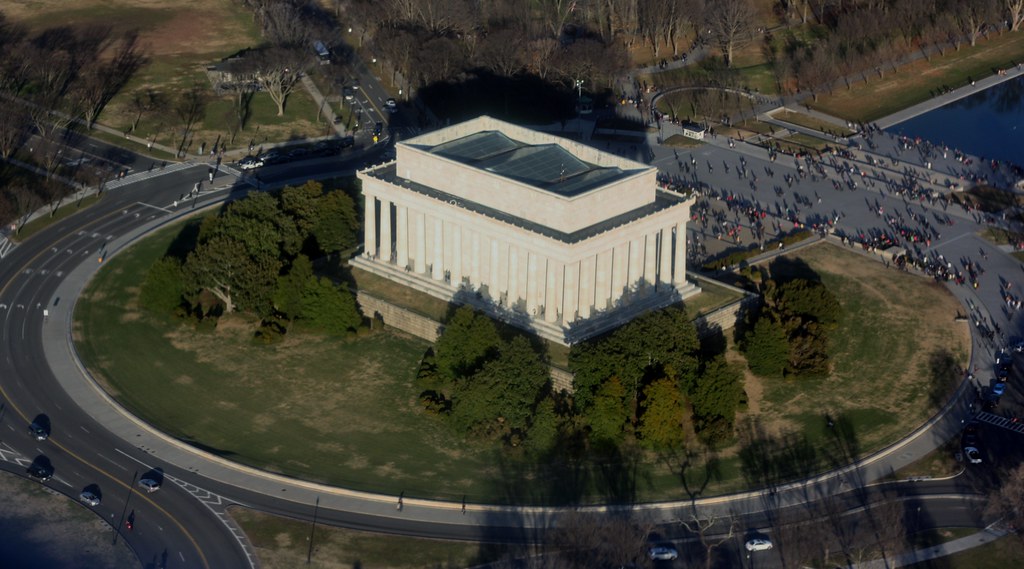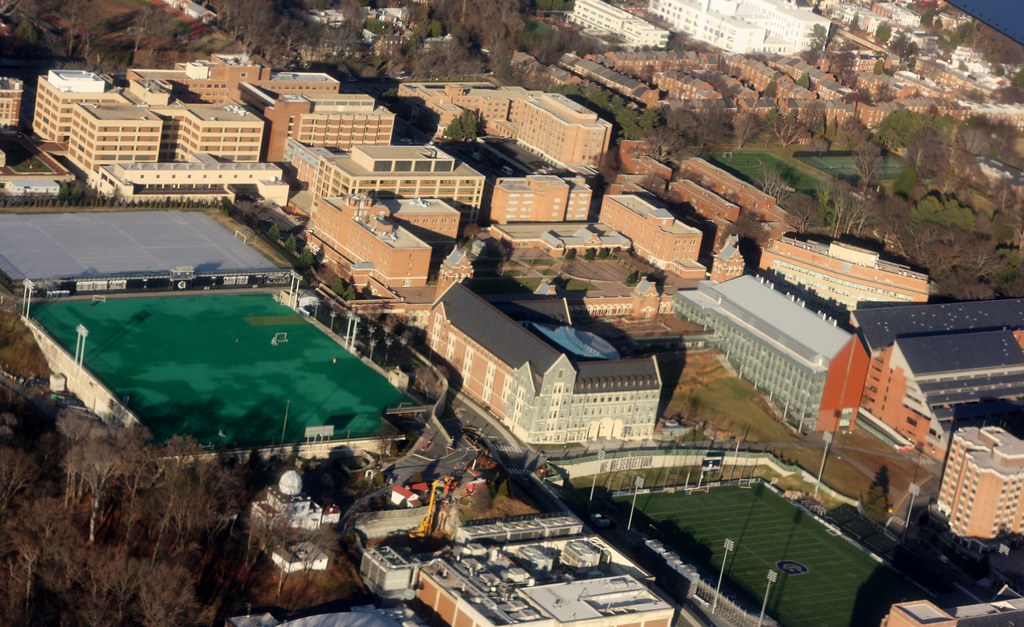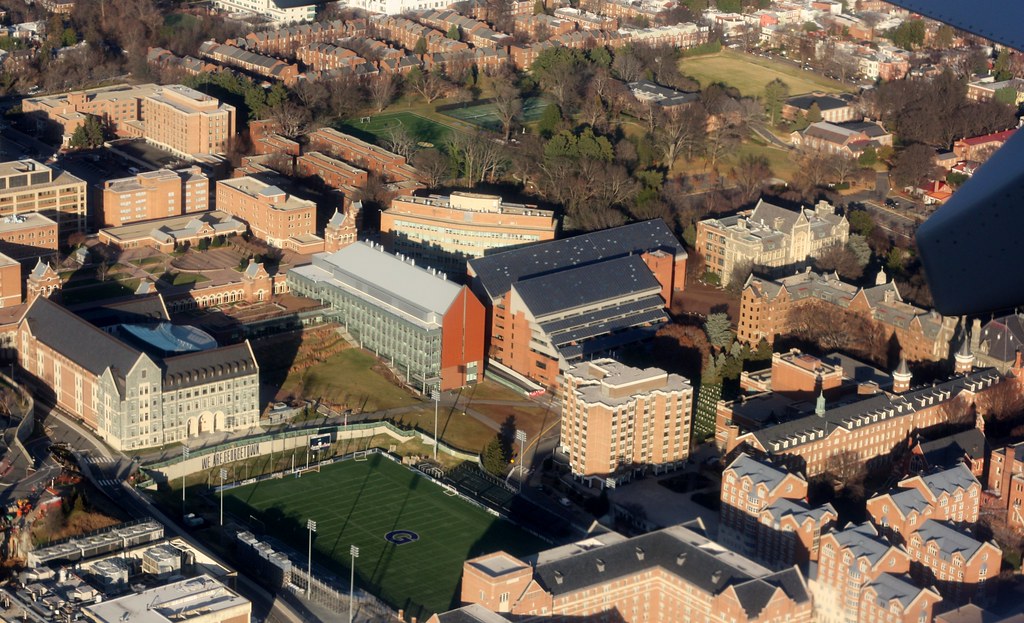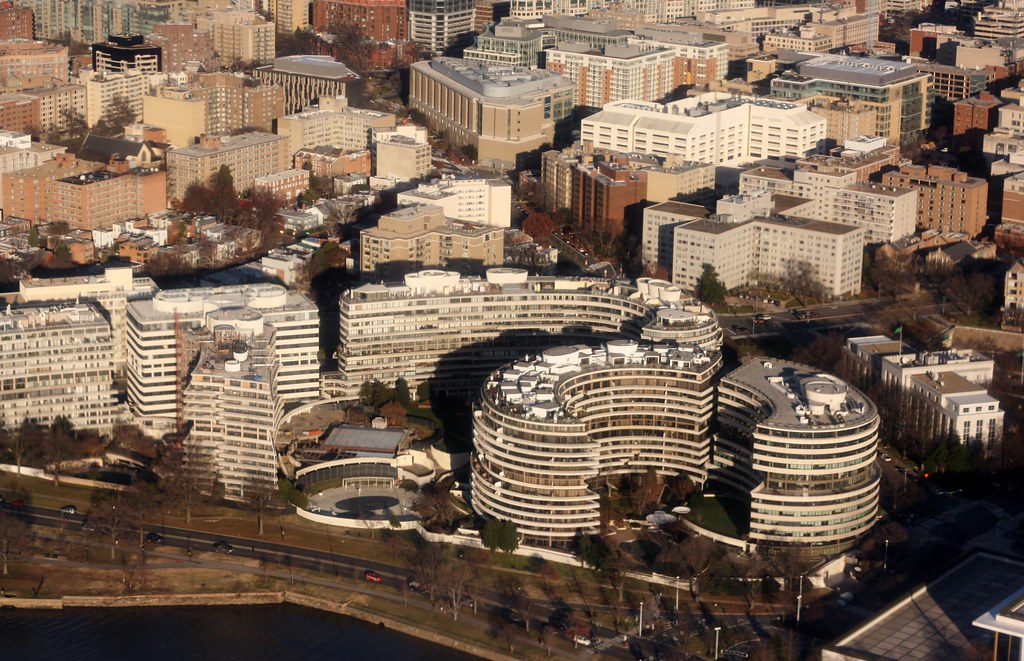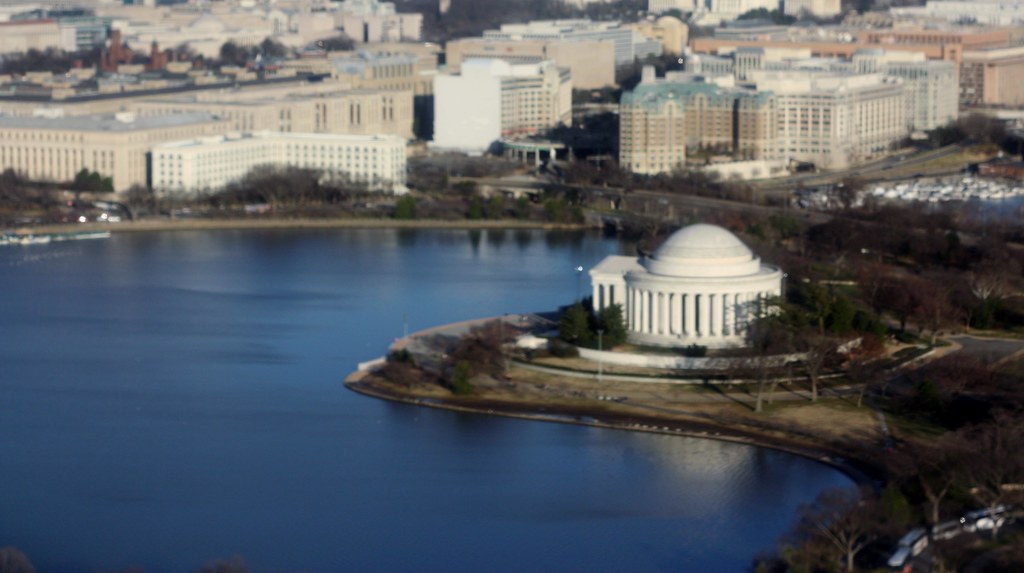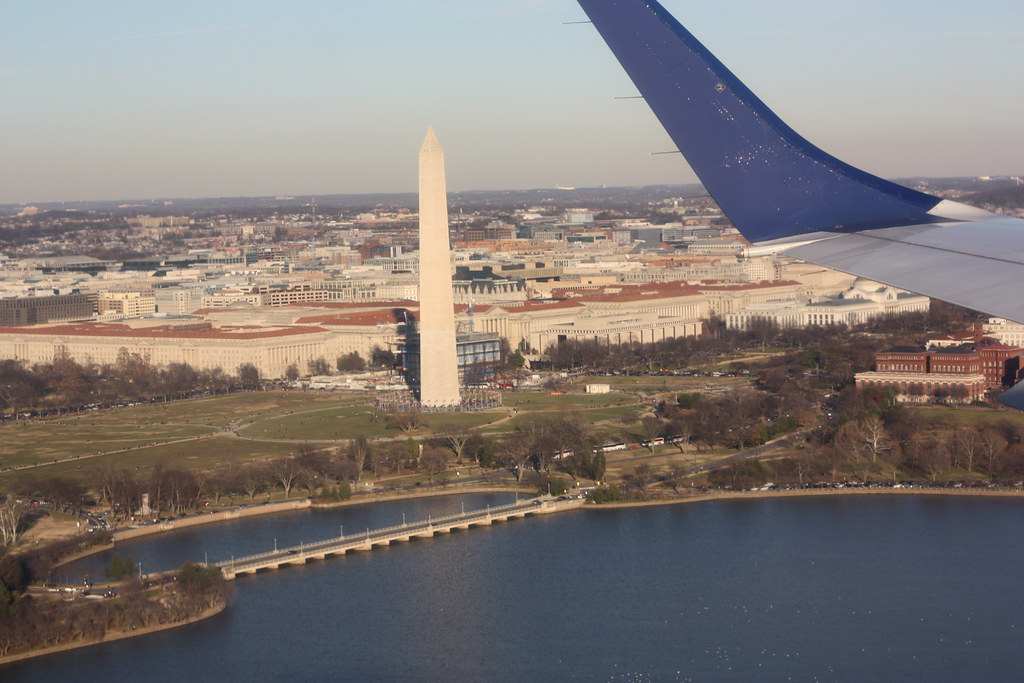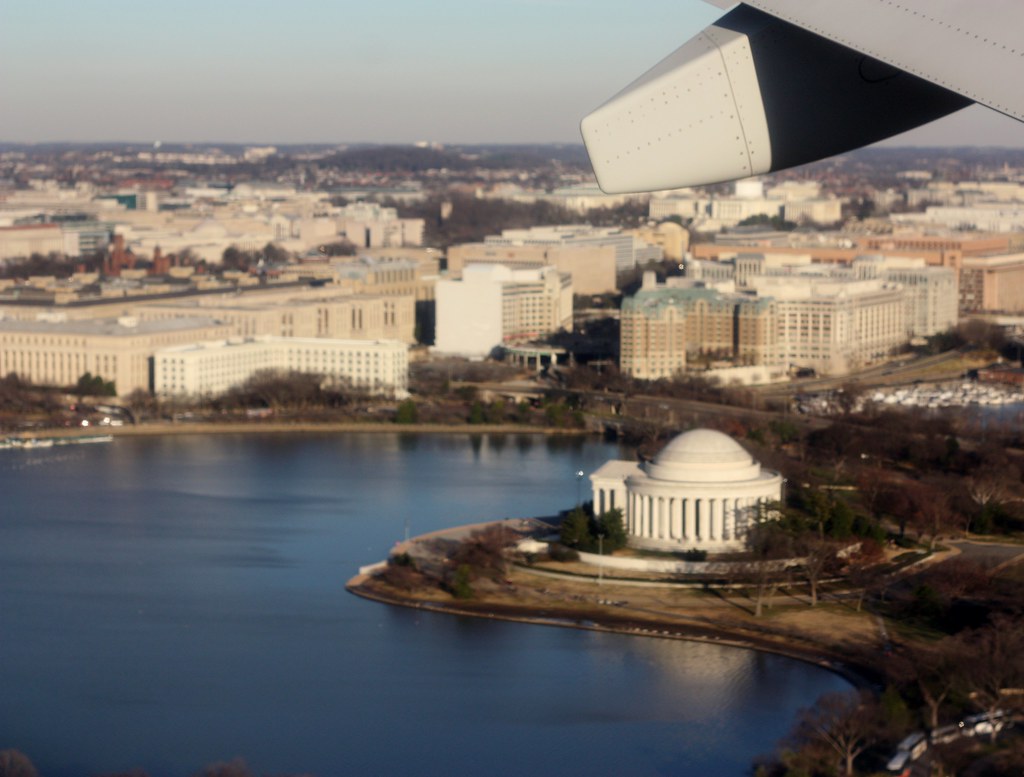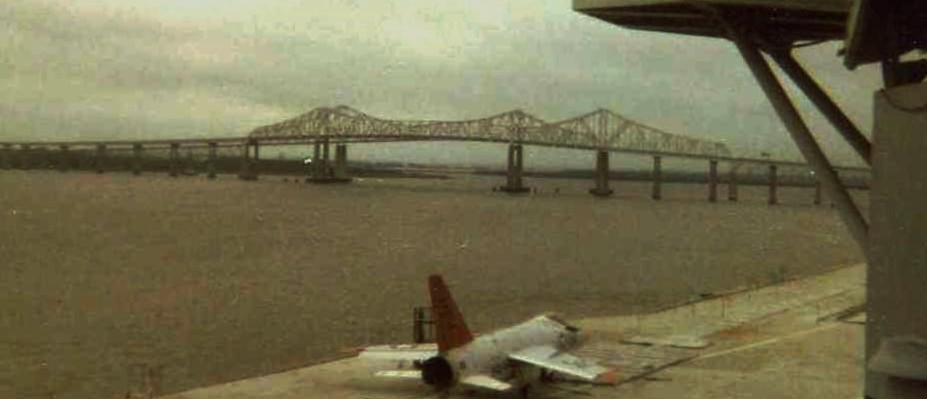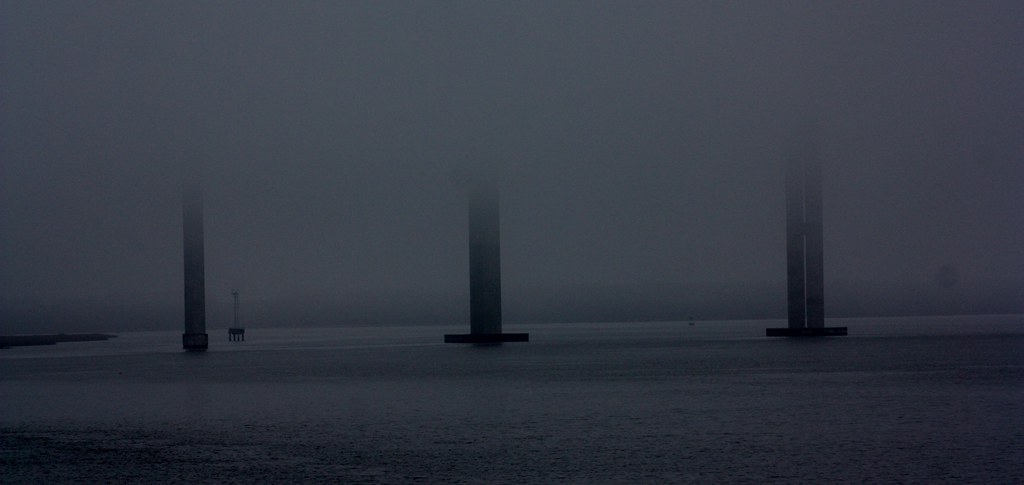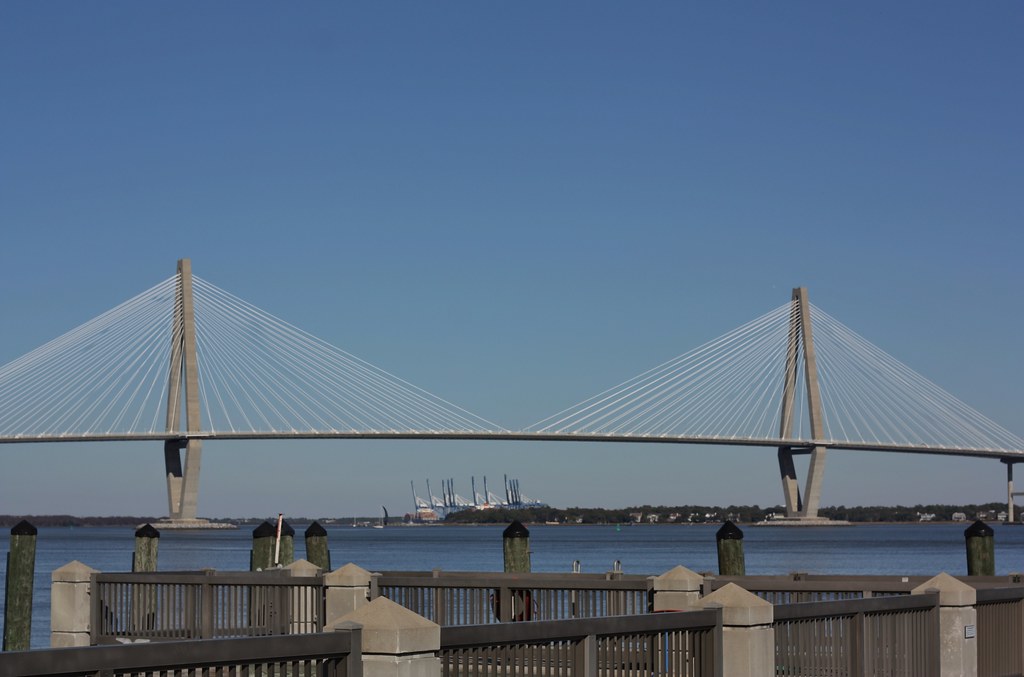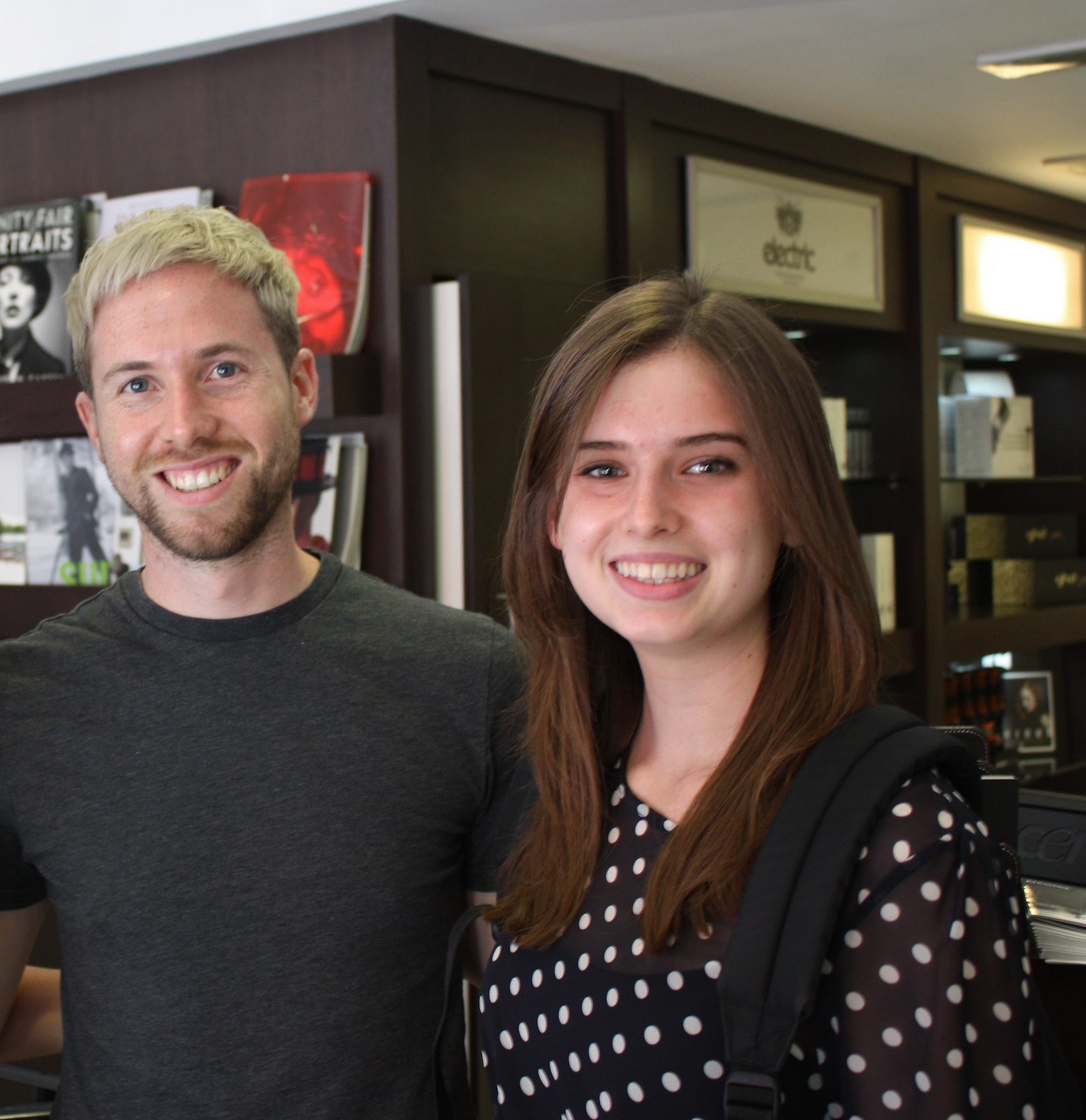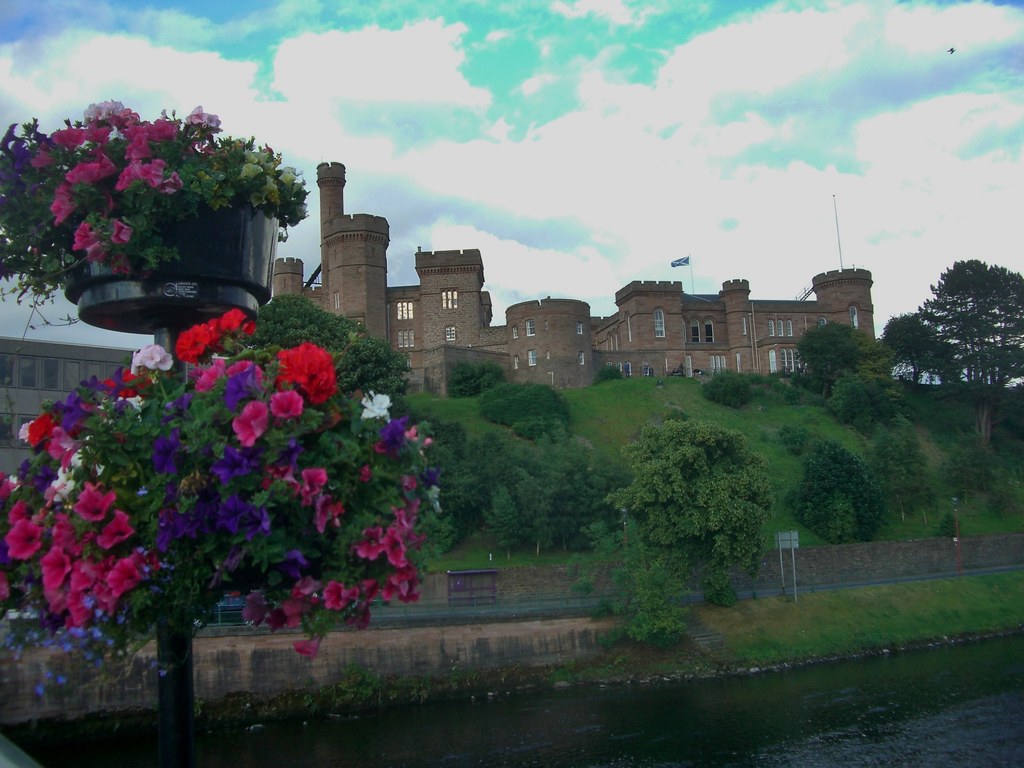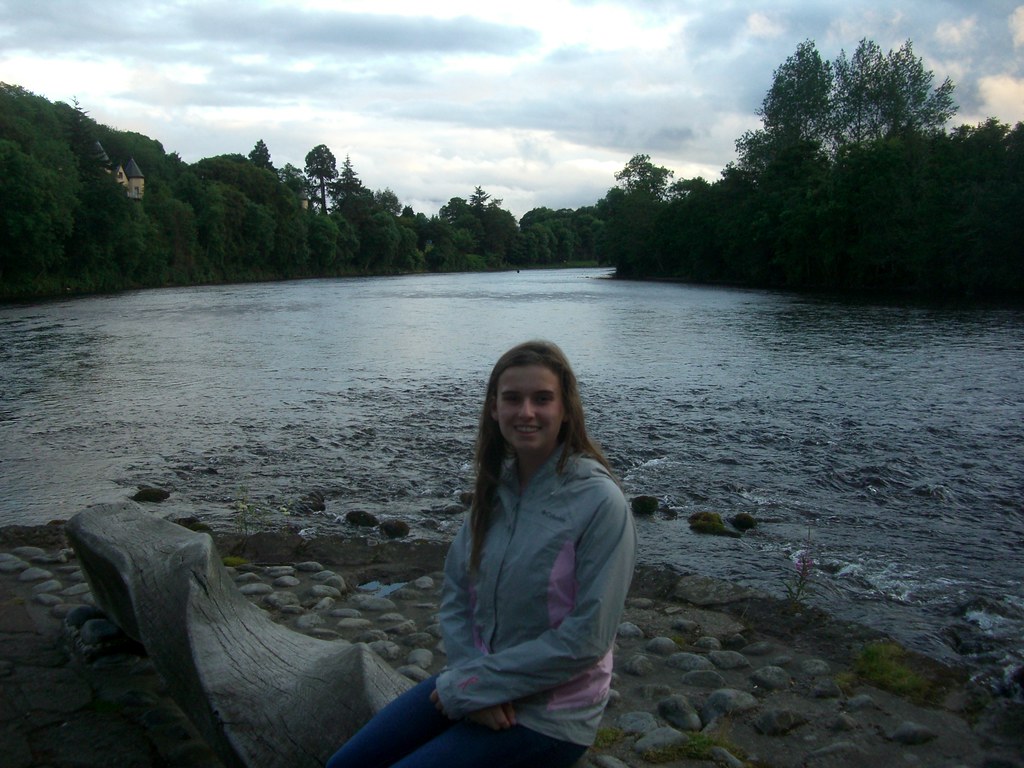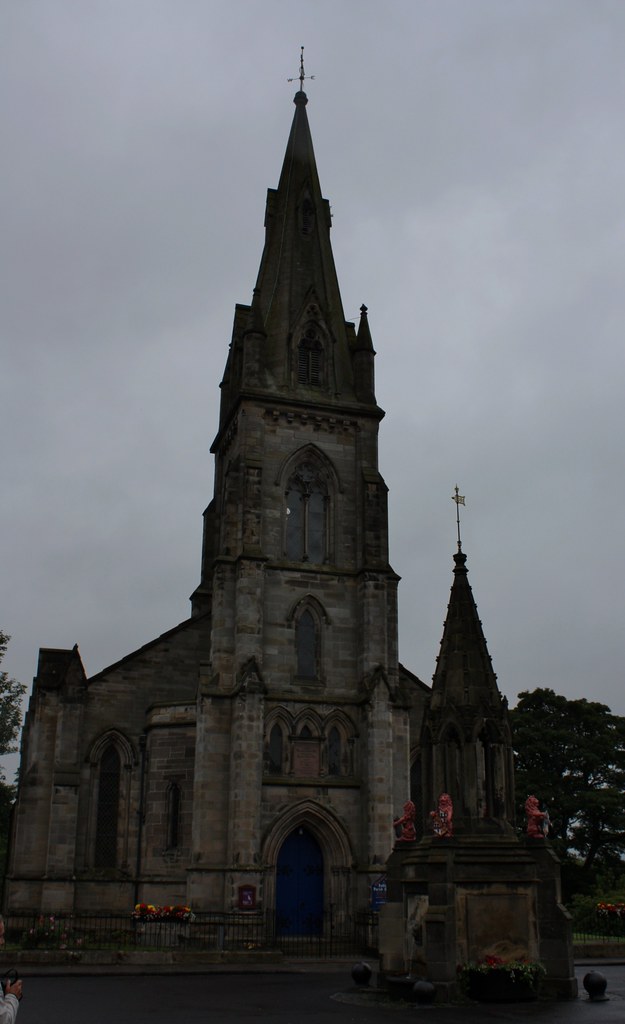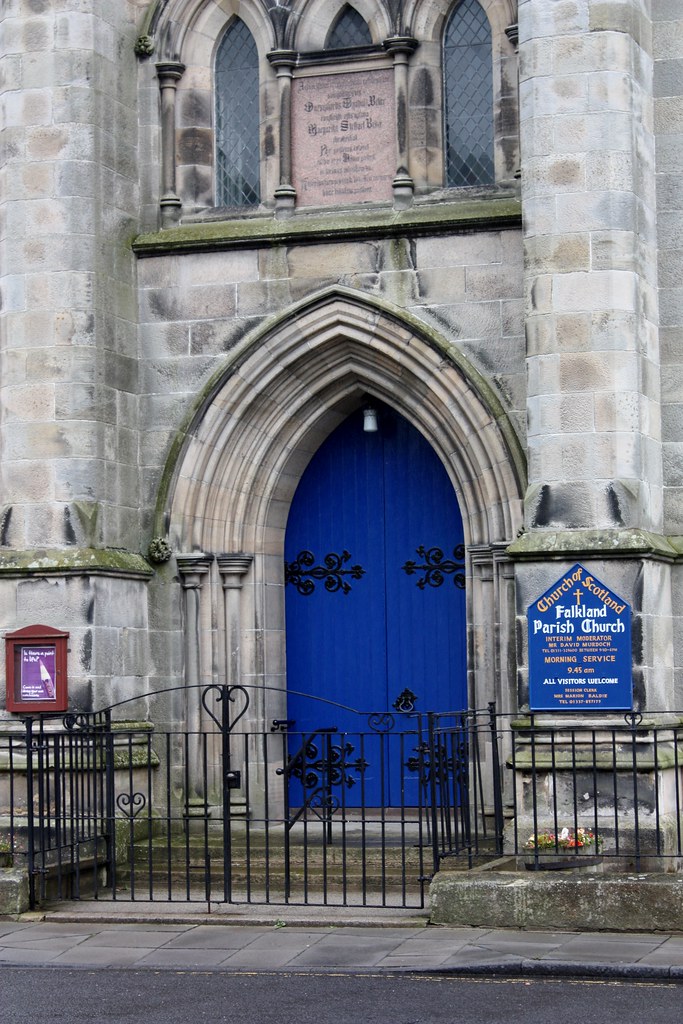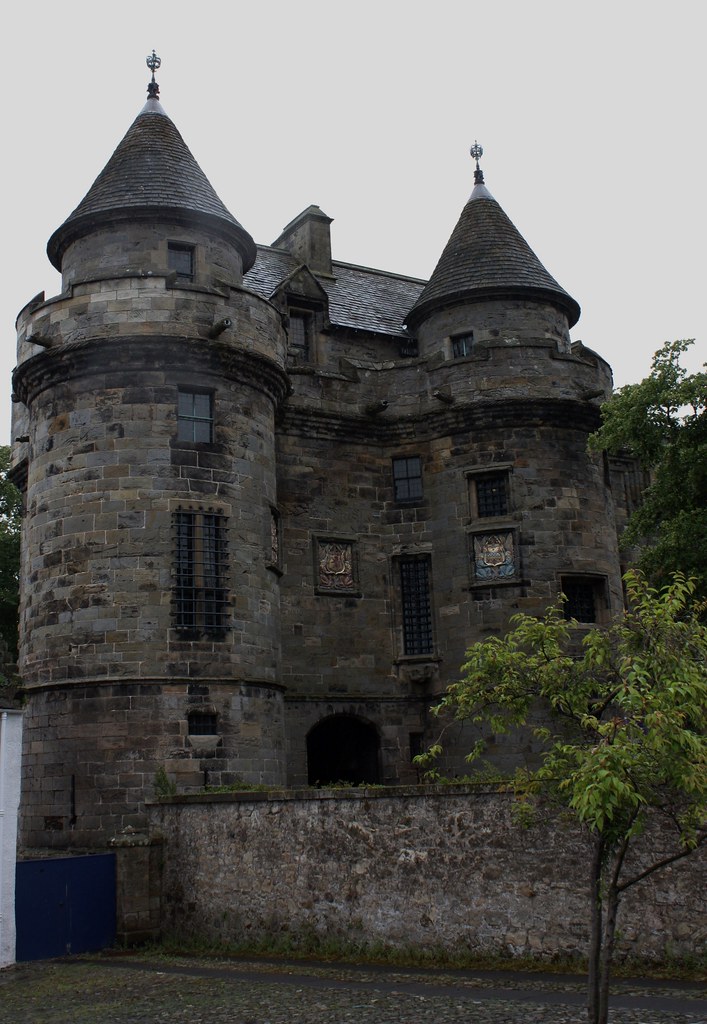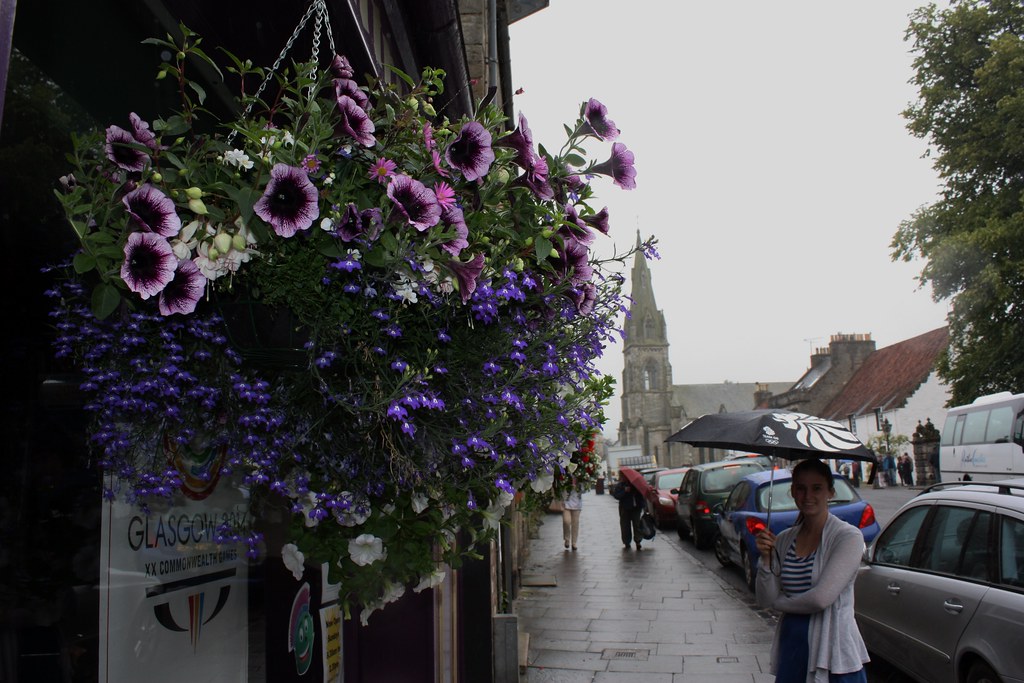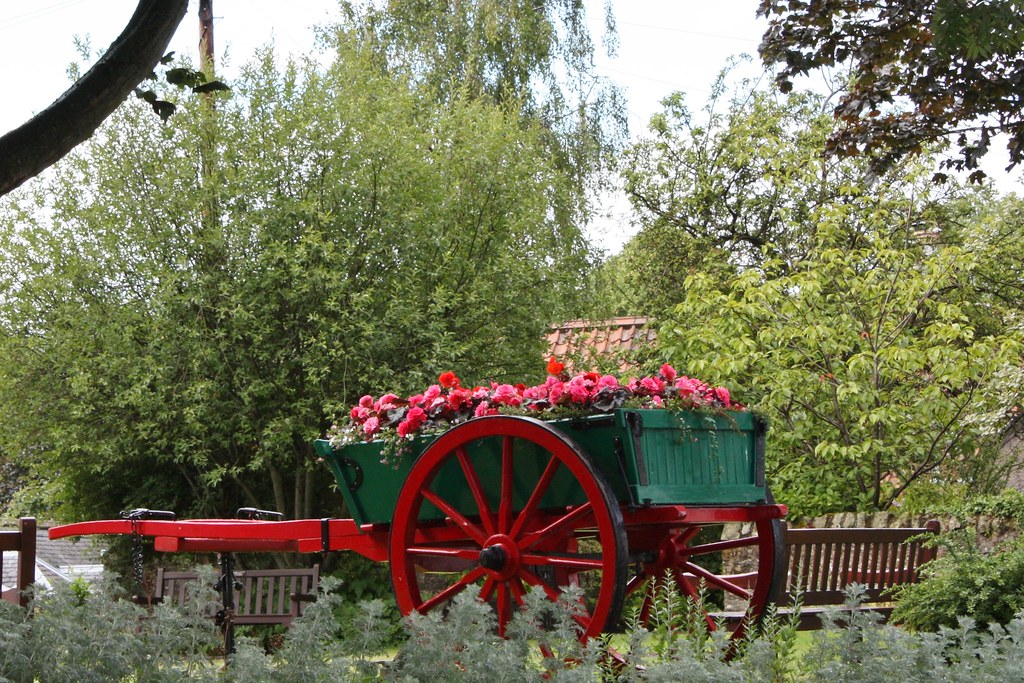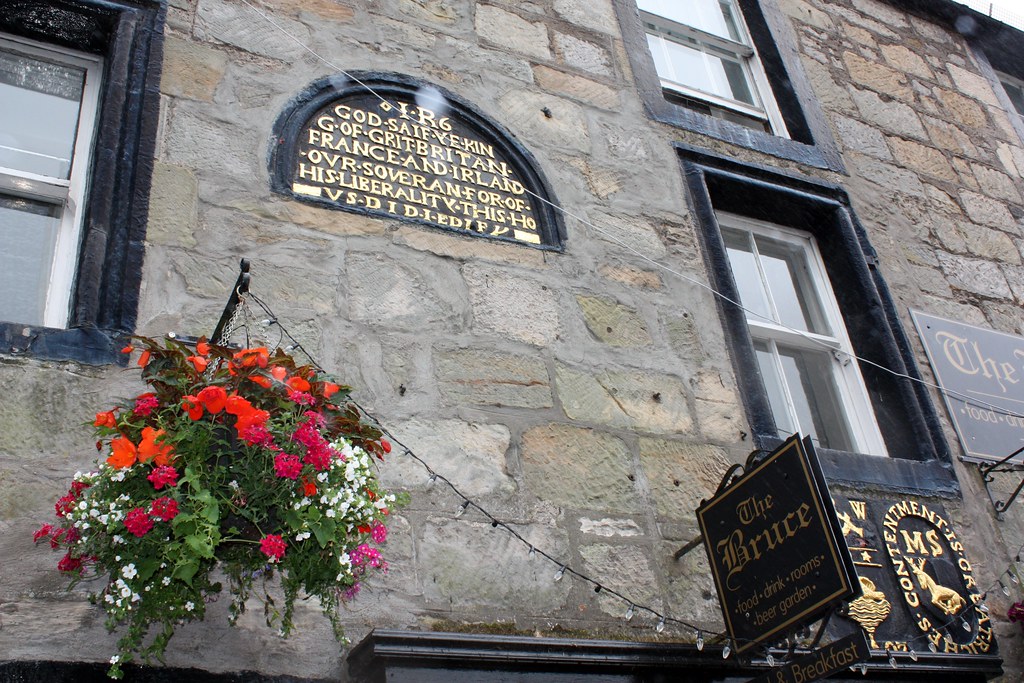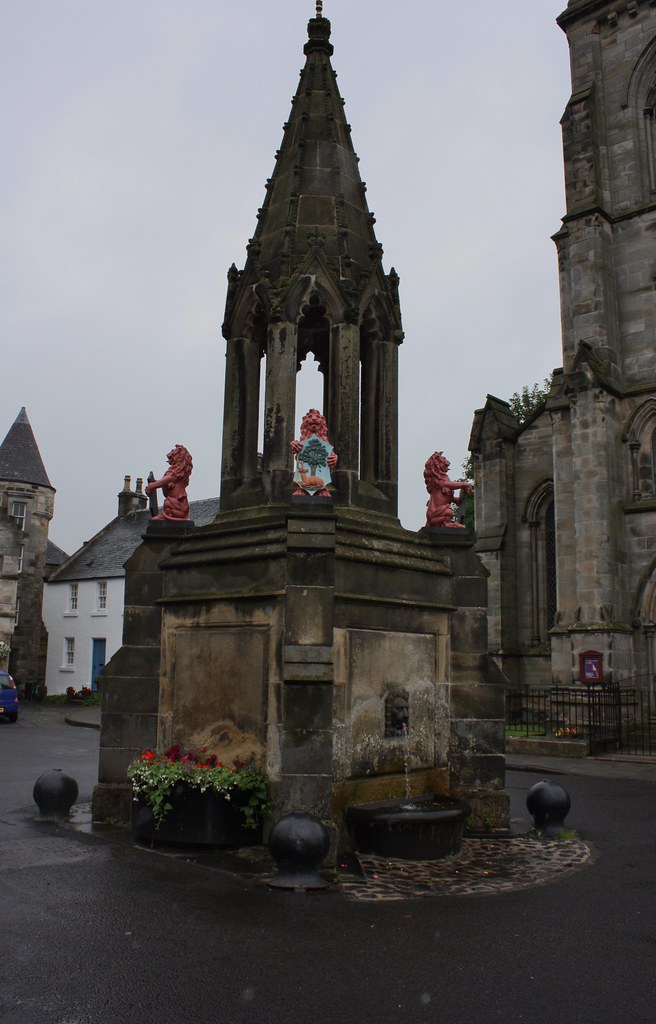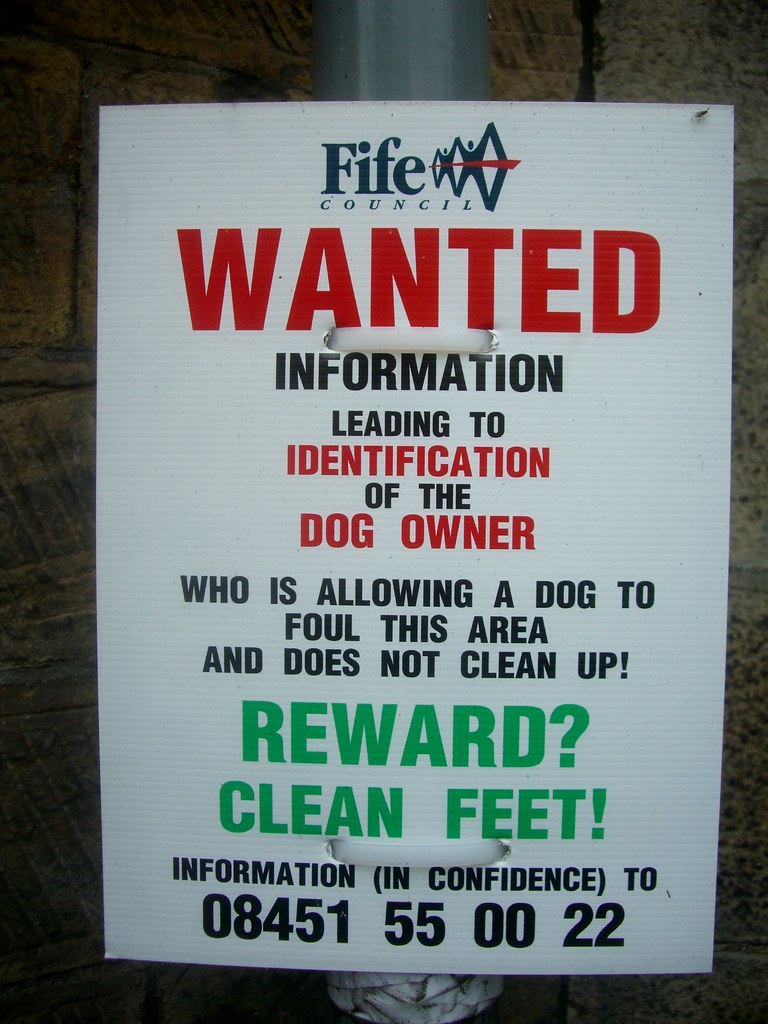A Big Island adventure not to be missed is going to the 13,796 foot Mauna Kea Summit which at night offers the clearest and most awe-inspiring views of the night skies to rival any on Earth. I spent a lot of my time at the summit looking around and thinking “what a fantastic world we live in and I wish everyone could participate in this experience.”

It’s not required to go with a tour group to the summit but because we didn’t rent a 4-wheel drive (required for the top part of the mountain), we decided to join a tour. We were very pleased with the knowledge and friendliness of our tour guide/driver from Hawaii Forest and Trail . The trip lasts anywhere from 7-8 hours ~ depending on weather conditions and travel time. Our trip was right around 7 hours.

Abandoned Humuula Sheep Station
A picnic dinner is served at the historic (abandoned) Humuula sheep station located at 7,000 feet (half way up the mountain) and allows people to acclimate to the higher elevation. Some people were affected and others not at all. Thankfully, we were in the not at all category.
Throughout the tour, our guide provided a lot of historic and cultural information. Because the temperatures and winds make it downright winter-like at the top, the tour company provides winter jackets.
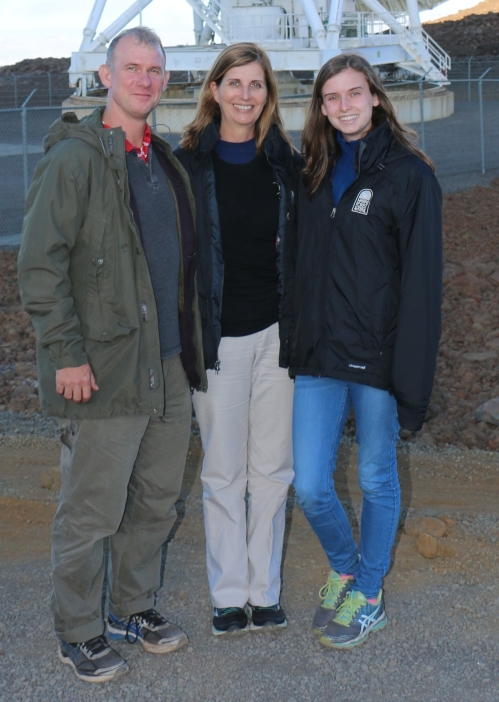
Thank goodness for the jackets provided by the tour company ~ definitely needed.
It was very interesting to be standing amongst the world’s largest collection of research telescopes.
The large dish-shaped structure is one of 10 very long Baseline Array radio telescopes that are spread out across the United States and used simultaneously. Astronomers use the telescope to make detailed studies of space objects. Each antenna is controlled remotely by the Array Operations Center in Socorro, New Mexico, but there are local site technicians at the Mauna Kea summit.

Most sacred part of Mauna Kea and off limits to visitors
The Hawaiians consider the mountain to be one the most sacred places in the islands and it is not without controversy that it is used commercially. There is an area of the mountain which is off-limits and I’m glad most people respect it.

A highlight was the spectacular sunset which looked like other-wordly to me especially when the sun was low and in the clouds far below us.

On the way down the mountain, we stopped at 9,000 feet for delicious hot chocolate and star-gazing and then we stopped at the visitor’s center for a bathroom break and a little shopping in the gift shop. Photos of stargazing will follow in a future post.
Before you attempt traveling to the summit, here are a few precautions: guests should be able to hike on uneven, rocky, wet, and sometimes muddy terrain. Because of high altitude, I would caution anyone who has respiratory, circulatory and /or heart conditions, pregnancy or generally in poor health. Scuba divers shouldn’t make the ascent within 48 hours of diving. Children under 16 are not allowed on the tour. Be sure to wear closed-toe shoes, long pants and a sweatshirt/sweater. Dressing in layers is best.
Interesting Facts about Mauna Kea:
- It is estimated to be approximately one million years old
- Last eruption was about 4,000 years ago
- It is a dormant volcano but could still erupt
- The area of Mauna Kea takes up about 28.8% of the island
- Mauna Kea means White Mountain
- Snow falls on both Mauna Kea and Mauna Loa






